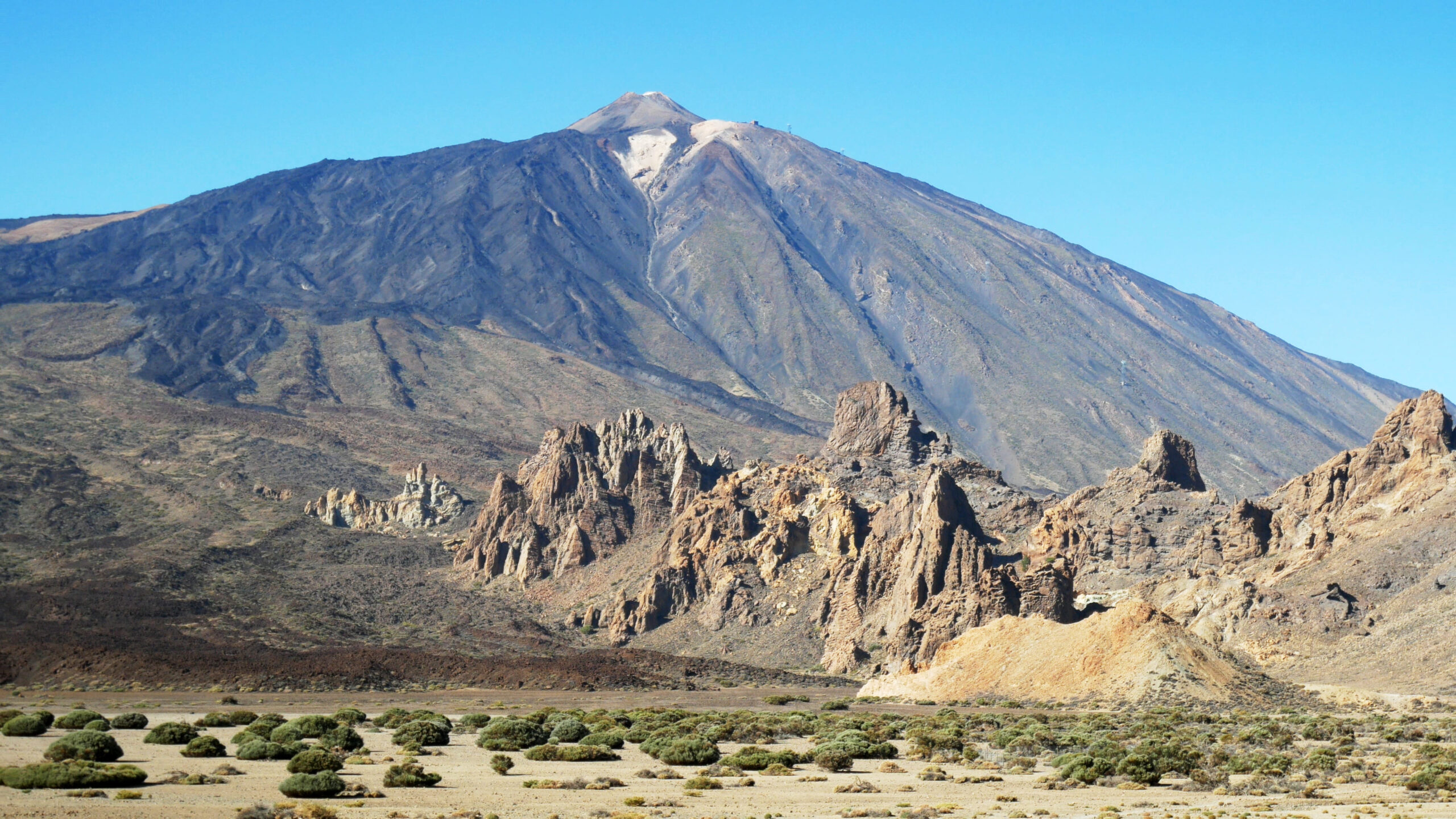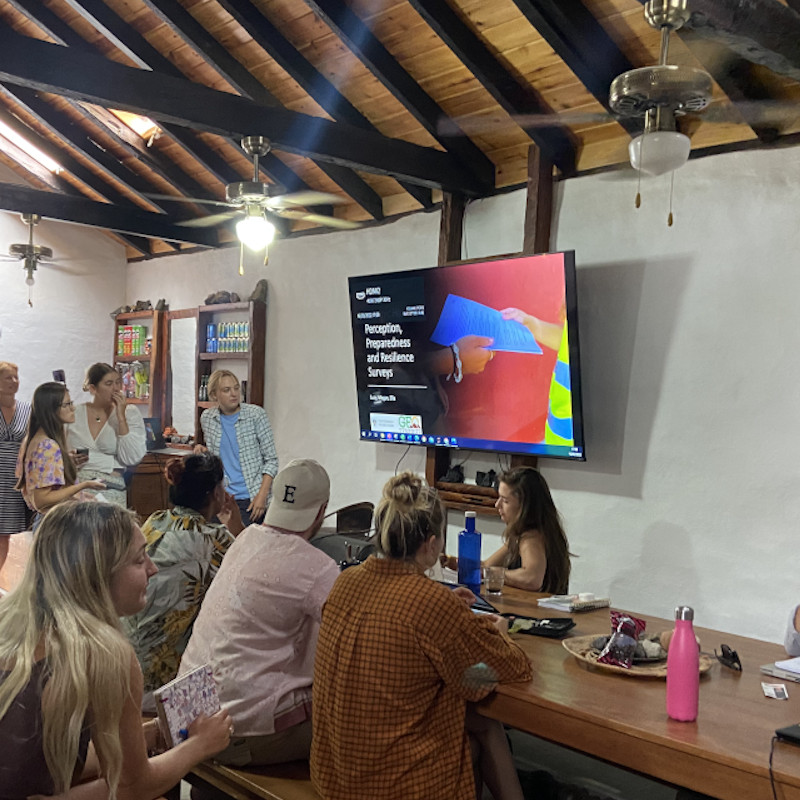It is necessary to ensure that residents and tourists in the Canary Islands:
- Are aware of the potential volcanic risks and hazards in the places where they live, work or visit.
- Have taken steps to prepare for an emergency.
- Know where to receive volcanic emergency alerts and are familiar with emergency plans.
- Know what to do and where to go during an emergency.
Encourage the Canary Islands authorities to:
- Improve policies that protect residents’ land, businesses and property in the event of destruction by eruptions.
- Diversify the island’s economy to reduce its dependence on tourism, which is vulnerable following a volcanic eruption.
- Invest in social programmes during periods of volcanic inactivity to improve resilience and response capacity for the next eruption.
Eruptions in the Canary Islands
The Canarian archipelago was built up by volcanic activity around 60 million years ago. All of the Canarian islands except La Gomera have experienced volcanic eruptions in the last 11,700 years (which is when the current geological epoch – the Holocene – began).
However, only Tenerife, La Palma, El Hierro, and Lanzarote have had volcanic activity in the last 500 years (known as historical eruptions):
How you can prepare for an eruption
How might an eruption affect you?
Volcanic eruptions can be described as a multi-hazard complex event; multiple hazards can occur at the same time, hazards might change in intensity over time, the eruption and therefore the hazards may change rapidly, and the length of the eruption is difficult to predict.
Primary effects of an eruption
The “primary effects” of volcanic eruptions are the hazardous events that occur as a direct and immediate result of the eruption. Whereas, the “secondary effects” of volcanic eruptions are the events that occur as a result of the primary effects. For example, if the primary effect is the ash plume the secondary effect is acidic rain and crop decline.
Secondary effects of an eruption
According to WHO (2022), almost all people affected by emergencies will experience psychological distress, the three main causes of this are:
- Exacerbating pre-existing distress, for example, a family living in poverty might struggle more during an eruption than someone who can afford to leave the affected area
- Emergency-induced distress, for example, the emotional and physical exhaustion due to long-term exposure to stress may cause ‘emergency threat stress‘ which may cause someone to not think clearly, not be able to focus, and be physically weakened.
- Humanitarian response-induced distress, for example, family separation in emergency shelters.
- Be wary of misinformation which spreads because of the emotional reaction it causes. Misinformation may take the form of 1. Exaggerated claims, for example, the debunked La Palma Megatsunami claim. 2. Misleading or lacking context, for example, scientific diagrams that have little explanation. 3. Most rarely, entirely false claims of any activity, for example, the Yellowstone 2022 ‘scare’.




